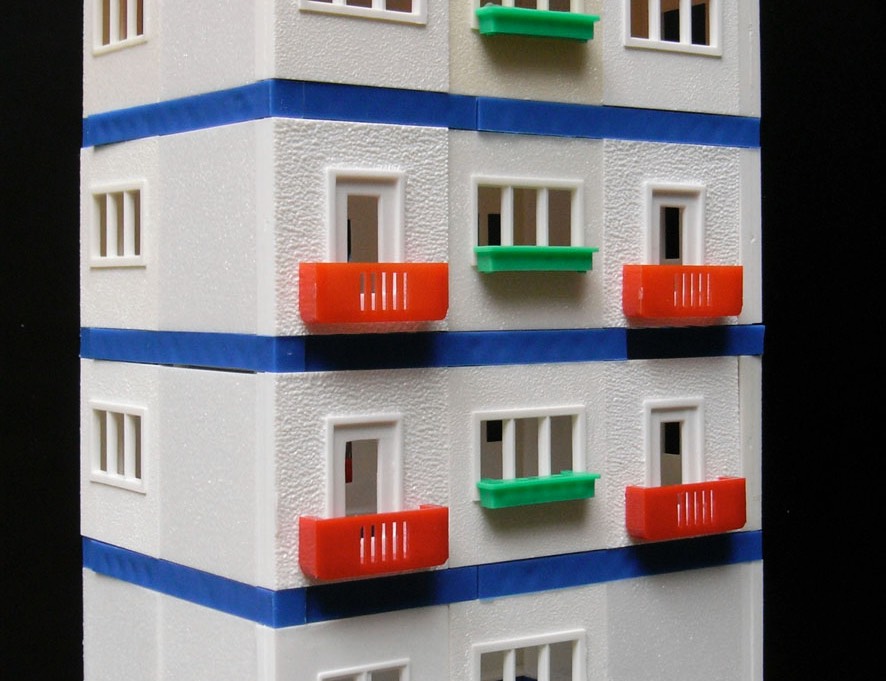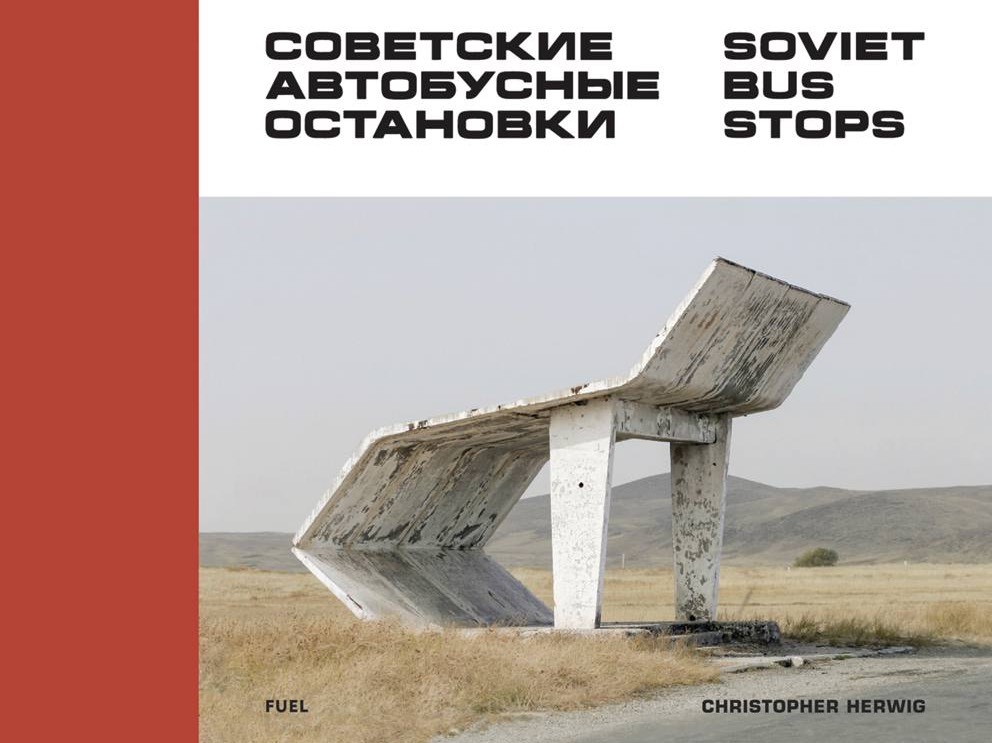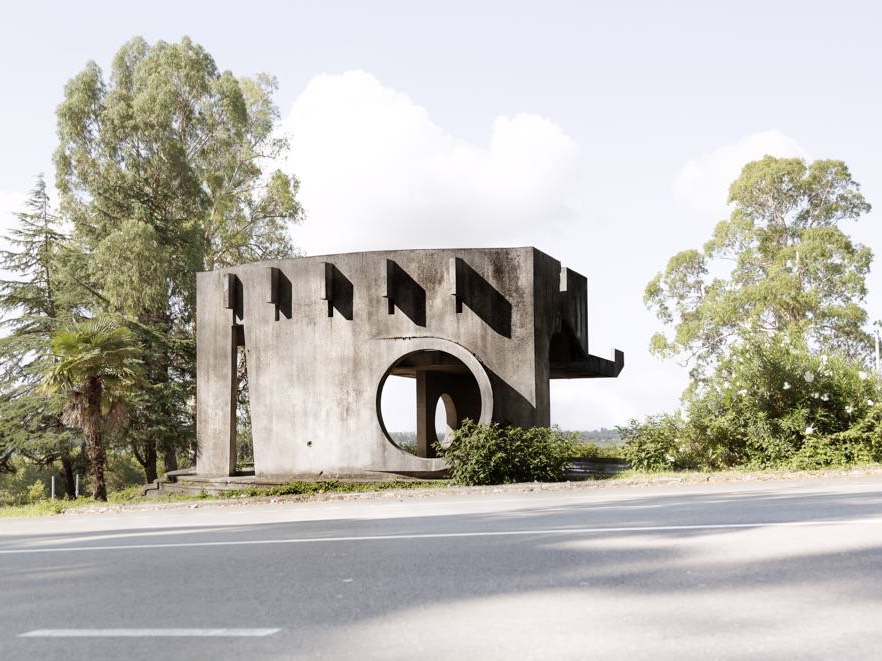Hungarian Pavillon at the Biennale Architettura 2020
Othernity – Reconditioning our Modern Heritage
„Othernity is a new, collaboration based method, which helps us to rethink our practice of heritage protection. It is also an architectural behaviour which helps us to be more responsible for the profession and for the society.”
In 2020 the project of the Venice Architectural Biennale’s Hungarian Pavilion is seeking for lessons that could be learnt from the often disputed and in many ways obsolete heritage of architectural modernism. The curators asked 12 architectural studios from Central and Eastern Europe to rethink 12 iconic modern buildings of Budapest. The plans offer alternatives to reconcile past and future architecture.
The selected buildings of Budapest were built between 1962 and 1986, most of them are in their original condition, but almost all of them are endangered because of the functional and the structural obsolescence and the changing real estate conditions in the districts. The exhibition offers an alternative to demolishing or re-edifying these structures and to destroying all architectural values because of a misunderstood duty for a more sustainable living, also fuelled by aesthetic revulsion and by political antipathy.
Curator Dániel Kovács and the curatorial team of Attila Róbert Csóka, Szabolcs Molnár and Dávid Smiló had several aspects in their mind when choosing the exhibiting architects. By one hand, it was important that they worked with architects from the region who understand the dilemmas concerning the CEE’s architectural heritage given their territorial involvement. On the other hand, they found it crucial that, owing to their age and this way to the absence of a direct connection, they were able to distance themselves from the chosen era for rethinking. Thirdly, the chosen plans needed to be characterized by an experimental attitude, to represent international perspectives, and to be accompanied by a fresh visual form language.
Othernity is the first international project of the Hungarian Pavilion. The exhibition aims to show a new, collaborative method to rethink the ways of heritage protection. It respects the modern buildings and takes care of them at the same time. It is tailored to the needs of the future in an intelligent and sensitive way. The pavilion is going to be displayed as an exhibition space divided into two sections: one showing representations of the past and of the present, while the other part proposing new perspectives gained and learned from the collaborative work.
Architectural studios participating in the project:
· A-A Collective (Poland / Denmark / Switzerland)
· Architecture Uncomfortable Workshop (Hungary)
· b210 (Estonia)
· BUDCUD (Poland)
· KONNTRA (Slovenia / North-Macedonia / Croatia)
· MADA Architecture studio (Serbia)
· MNPL WORKSHOP (Ukraine)
· Paradigma Ariadné (Hungary)
· PLURAL (Slovakia)
· Vojtěch Rada (Czechia)
· RLOALUARNAD (Estonia / United Kingdom)
· Studio Act (Romania)
National Commissioner: Julia Fabényi
Curator: Dániel Kovács
Curatorial team: Attila Róbert Csóka, Szabolcs Molnár, Dávid Smiló
Organiser: Ludwig Museum - Museum of Contemporary Art, Budapest
Press days: 2020. május 21-22.
Press contact: Gabriella Rothman rothman.gabriella@ludwigmuseum.hu
https://www.facebook.com/othernity/
https://www.instagram.com/othernity/
Days of Contemporary Architecture Sarajevo
3650 Days of Contemporary Architecture in Sarajevo
Over 10 years Days of Architecture in Sarajevo have progressed from a student project to one of the most important events for the contemporary architecture of Bosnia and Herzegovina. The book shows the development of the event since 2008 and also gives an insight into an architecture that is more than just design. Texts in English and Bosnian. You can buy the book here
Der kleine Grossblockbaumeister
Baukasten "Der kleine Grossblockbaumeister"
Design: P.H. Becker, ca. 1970
Produktion: VEB Kombinat Chemisch-technische Erzeugnisse Gotha, DDR
Soviet Bus Stops - СОВЕТСКИЕ АВТОБУСНЫЕ ОСТАНОВКИ
Christopher Herwig, Bus stops from the Union of Soviet Socialist Republics
Wer in den ehemaligen Ländern der Sowjetunion mit dem Auto über Land fährt, dem fallen am Strassenrand manchmal skurrile Häuschen und Skulpturen auf. Es sind Bushaltestellen aus einer Epoche der Sowjetunion, in der ein Fortschrittsglaube herrschte und sich dieser auf alle Bereiche des Lebens niederschlug. Es entstanden neue Städte und die ganze Infrastruktur wurde ausgebaut. Autos waren ein Luxus, aber der öffentliche Verkehr war gut ausgebaut. Bahnhöfe, U-Bahn-Stationen und Bushaltestellen waren öffentliche Bauten, die nicht nur dem Zweck des Wartens auf den nächsten Zug und Bus dienten, sondern auch ein Zeichen des Fortschritts sein sollten. Nicht selten findet man Mosaiks und Reliefs in den Haltestellen, welche die glorreiche Zukunft und die Überlegenheit des kommunistischen Systems verkünden. Vor allem bei den Bushaltestellen wurde die Kunst ein integraler Bestandteil der Gestaltung. Manche Haltestellen sind sogar mehr Skulptur als Schutzbehausung. Der Entwurf einer Bushaltestelle war für Architekturabsolventen oft die erste Möglichkeit, ein eigenes, gestaltetes Gebäude zu planen und zu bauen. Natürlich gab es auch Standard-Haltestellen, aber es scheint, dass individuelle Lösungen erwünscht waren, gerade weil die Haltestellen Treffpunkte waren und man da die Menschen mit politischen Inhalten und entsprechender Gestaltung erreichen konnte. Einge der Haltestellen sind eher Minimal Art, andere erinnern an Fabelwesen.
Christopher Herwigs fotografische Dokumentation der Bushaltestellen der ehemaligen Sowjetunion gibt einen Einblick in den Reichtum der Gestaltung dieser Zweckbauten und widerlegt das Vorurteil der Uniformität und Tristesse der kommunistischen Architektur.



